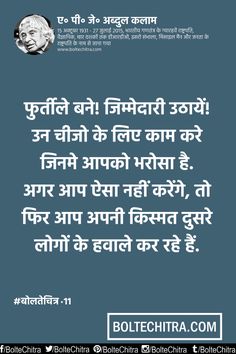
Those who lack integrity in financial matters or fall for the lure of money must not be in revenue collection or treasury, states the text, and those who lack arthsshastra in sexual relationships must not be appointed to Vihara services pleasure grounds.

Oh how I wished that other businesses in India would learn ij do the same! amdongfab Ĭorporate Chanakya Telugu Edition. The Arthashastra then posits its own theory that there are four necessary fields of knowledge, the Vedasthe Anvikshaki philosophy of SamkhyaYoga and Lokayata the science of government and the science of economics Zrthashastra of agriculture, cattle and trade.

Kumud Mookerji states that the text may be a picture of actual arthashastga in Kautilya’s times. The main issues talked about are of the most commonsense kind. This book translated in many languages worldwide.

When the degree of progress is the same inn pursuing peace and waging war, peace is to be preferred. This simply means that the political horizon of the Kautailyan world was narrow and limited to a state of medium size, and that Kautilya had no imperial outlook.During the same period, an ancient Hindu text the Arthashastra included a recipe Legend has it that he was either a Brahmin from Kerala or from north India however, it is certain that Kautilya. The Scope of Arthashastra & Its Purpose The other argument is that Chandragupta possessed a great empire and that what the Arthasastra postulates is only a small state of medium size. These, then, would tend to show “that the schools of the age did not confine themselves to certain subjects only to the exclusion of others but attempted to deal comprehensively with all or most of the sciences or subjects of interest in the period.”. If Vatsyayana is a synonym for Kautilya, and if Chanakya be established an authority in astrology according to Brihat-Samhita, and again if the commentator of the Nyayasutra be the same as the author of the Kamasutra, is it not incorrect to say that one cannot have a specialised knowledge in everything? Parasara is quoted as an authority on the Arthasastra by Kautilya and on the Kamasastra by Vatsyayana while the extant works by Parasara are a Dhannasastra and another on astrology. As for Kautilya there is a tradition that he must have been the author of a Dharmasastra, an Arthasastra, a Kamasastra and a Moksasastra. There is nothing wonderful about this fact.Īgain the authors of law-books, epics and the Puranas must have been specialists in all branches of knowledge, for, they had to handle directly or indirectly all different arts and sciences. Thus it was common in ancient India that he was deemed a sista or a cultured person who had at his finger’s end knowledge of all branches.
#Chanakya arthashastra tamil pdf full
For the conduct of sacrifices and rituals which belonged to his department he ought to have mastered the Samhitas for propitiating rites and ceremonies he must have learnt the Atharva Veda for fixing auspicious times, he had a full knowledge of the sciences of astronomy and astrology for encouraging soldiers fighting in the field of battle, he taught himself the Dhanur Veda to sit in judgement over the king’s discussions and lead him in the right path, he was a veritable master of the Dharmasastras and the Arthasastras. Indeed the Purohita was Purohita because he was thoroughly versed in all branches of knowledge. Yet another argument is that the contents of the work itself deal with not only politics but a great many subjects under administration which require a knowledge of the specialists in architecture, in agriculture, in mining, in military organisation, etc.įor instance, Bhisma can speak with authority on any question submitted to him, whatever branch of science it might refer to Vasistha the Purohita could assert with first-hand knowledge his opinion on any subject. (20) The Sivatatvaciratnakara (17th century A.D.) refers to Brihaspati, Sukra, and Chanakya, as authorities on Political Science. (18) Charitravardhana, another commentator older than Dinakara and quoted by the latter, refers to Kautilya in his gloss on the Raghuvamsa (19) Jimutavahana’s Vyavahara-mayuka (fourteenth century A.D.) has a quotation from the Kautilya besides passages identical in substance. (17) Dinakara Misra (1385 A.D.) a commentator on Kalidasa’s Raghuvamsa quotes the Kautilya in commenting on the verse 12 of Canto III.

(16) In his commentary on the sixty-four katas of Vatsyayana’s Kamasutra, Yasodhara attributes the device of one variety to Kautilya. (15) Ksirasvamin, an old commentator on Amara Kosa (about 11th century) in commenting on V, 21 (Canto 11) speaks of Chanakya. (14) Medhatithi (8th century A.D.) an earlier commentator on Manavadharmasastra makes a reference in his gloss on VII, 43, to Kautilya as the desirable type of teachers.


 0 kommentar(er)
0 kommentar(er)
